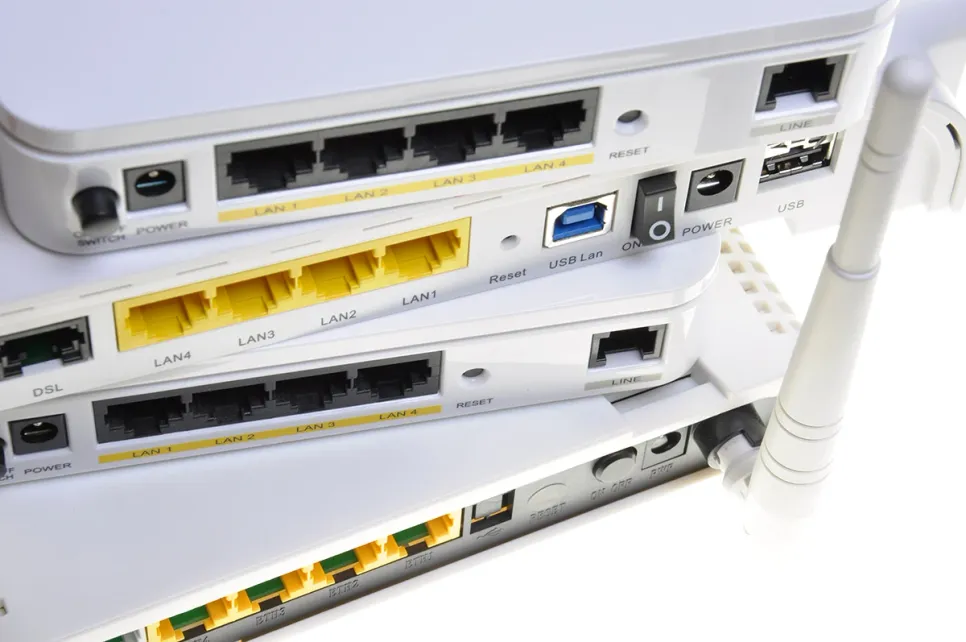Foldable Smartphone Market Set to Grow 30 Percent in 2026
Worldwide foldable smartphone shipments are forecast to grow 10% year-on-year in 2025 to 20.6 million units, according to IDC.

While LTE macro networks have been in place for several years in the consumer market, LTE is seeing stronger uptake as a way to provide reliable failover or as a primary WAN connectivity solution in the enterprise, according to IDC. Heightened demand is fed by new enterprise applications requiring cost-effective ways to connect to the cloud or, in another instance, internally across a geodispersed private network.
While IDC sees LTE router/gateway suppliers benefitting from these trends, the supplier landscape remains largely fragmented. IDC has observed a number of leading suppliers begin to distance themselves in revenue and growth metrics; however, differentiation will remain challenging as the market matures. Early-stage markets often require thought leadership and ecosystem development to ignite stronger growth patterns.
As such, IDC observes three main use cases that LTE router/gateway suppliers are moving to address. Those are branch connectivity, mobile connectivity and IoT/M2M. Worldwide, IDC expects the LTE router/gateway market to grow from approximately $804.2 million in 2018 to $1.9 billion in 2022 at a compound annual growth rate (CAGR) of 27.4%. Regionally, North America will remain the largest consumer of LTE routers/gateways, but Asia/Pacific, including Japan and China, will grow the fastest over the forecast period supported by continued expansion and/or densification of macro LTE networks in the region.